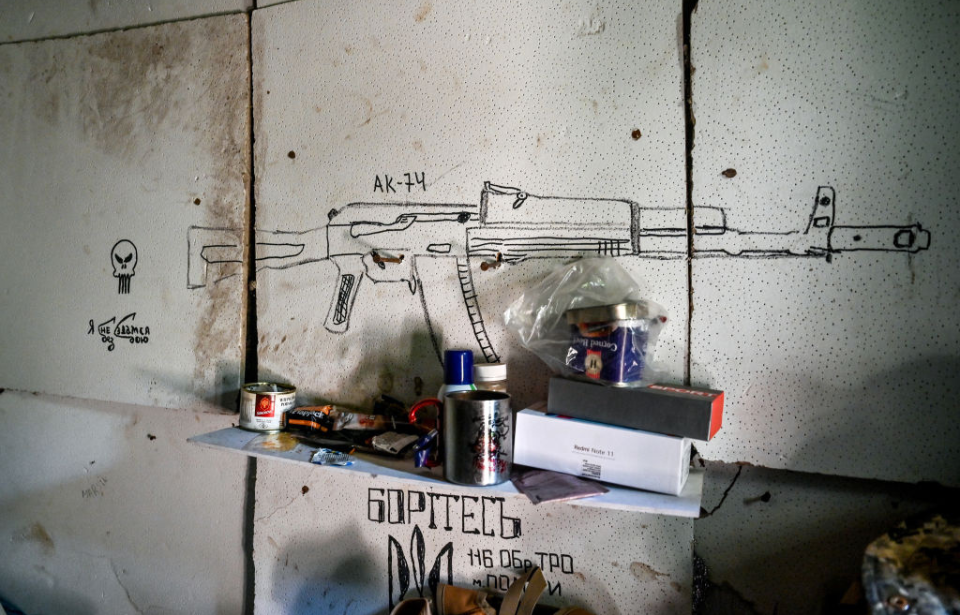In an attempt to better train volunteers joining the Territorial Defence Forces (TDF) and preserve any remaining ammunition, the Ukrainian military has turned to virtual means, which some have compared to the 1984 Nintendo game, Duck Hunt.
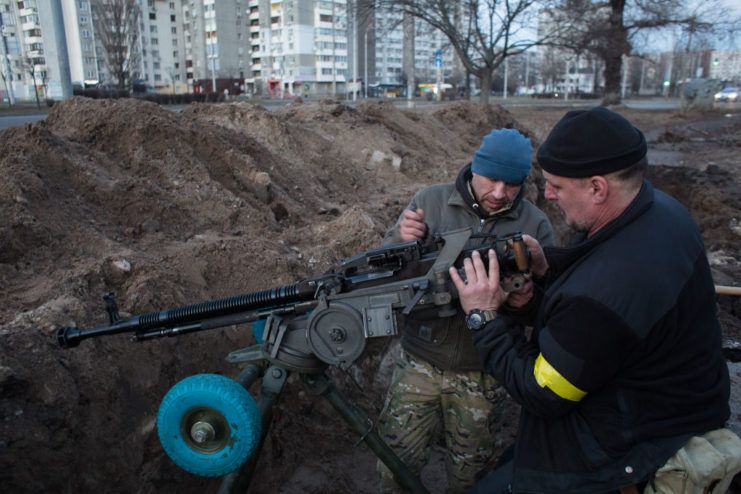
The TDF is Ukraine’s emergency home guard, and its history dates back to 2014 with the Russian annexation of Crimea. However, it didn’t become official until January 1, 2022, a little under two months before the Russian invasion of Ukraine.
President Volodymyr Zelensky introduced a bill into parliament on May 25, 2021, “on the basis of national resistance,” which proposed an increase in the number of service members in the force. The motion was approved on July 16 of that year and was signed into law days later.
The core of the TDF is formed by part-time reservists who are former combat veterans, with the remaining fighters being civilian volunteers, including those with the International Legion of Territorial Defence of Ukraine, who largely joined following the Russian invasion. According to current numbers, there are 37,000 active service members and enlisted 130,000 volunteers.
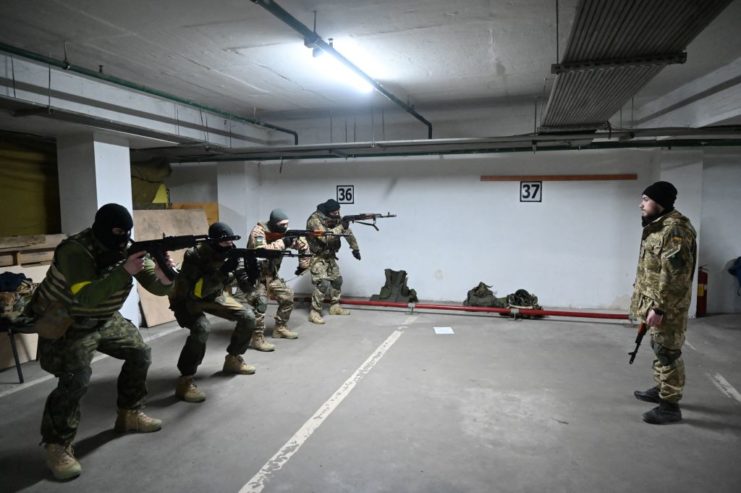
Since the Battle of Kyiv, the TDF has consolidated its numbers, with 32 brigades making up the reserve force. Those who volunteered after February 2022 largely received only a few days of training before being deployed.
Their training initially involved live-fire practice with weapons, and while Ukraine has been given equipment and ammunition from Western powers, it’s beginning to run low on the latter. This has prompted the country’s military to look into other training options, including the use of virtual simulators.
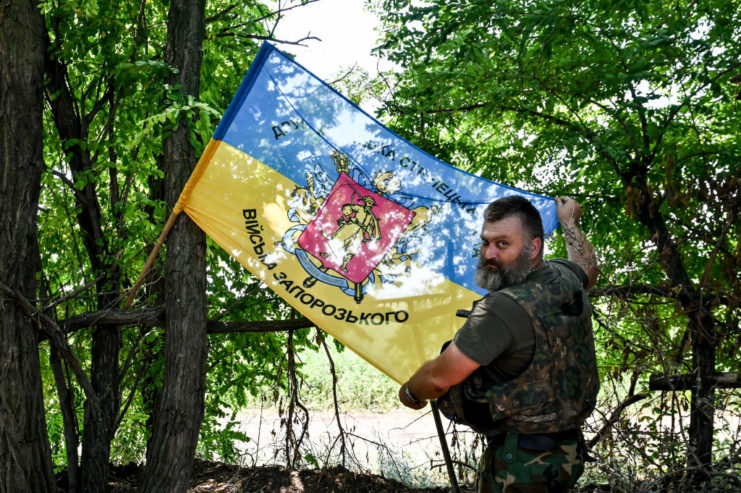
This has led to the use of a simulator that’s reminiscent of old-school video games. According to an article by Yahoo! News, the training is done through the use of three projector screens: one that allows the trainees to select their weapons, a second for them to pick their target and the third to conduct the training.
Using custom-written software, the simulators mimic the flight path of the weapons TDF trainees will use on the frontlines, such as AK-47s, SPG-9 Kopyos, Javelins, Next Generation Light Anti-Tank/Armor Weapons (NLAWs) and RPKs. The weapons used for the virtual shooting range are, for one reason or another, no longer of use to the military and have been outfitted with sensors that interact with the software.
The aim is to improve effectiveness and accuracy through access to unlimited exercises.
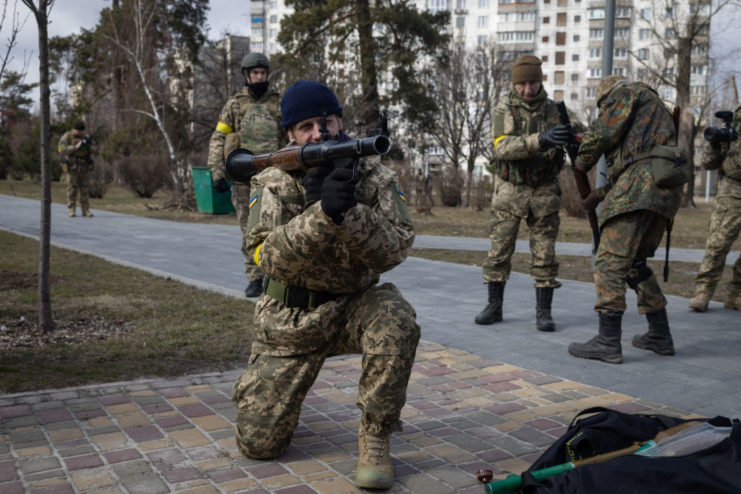
More from us: Ukraine Doesn’t Want the US Air Force’s Aging A-10 Warthogs
The aim is to set up these virtual training facilities for all 32 of the Territorial Defence Forces’ brigades. At present, six have been created, with the remainder being held up by a lack of funding.
